Basic. Simple. Long-lasting. Used with all of our five children to learn how to read. The phonics book that has been the go-to teaching tool in our family. Alphaphonics by Sam Blumenfeld is a full, logical resource for teaching students of all ages to learn to read.
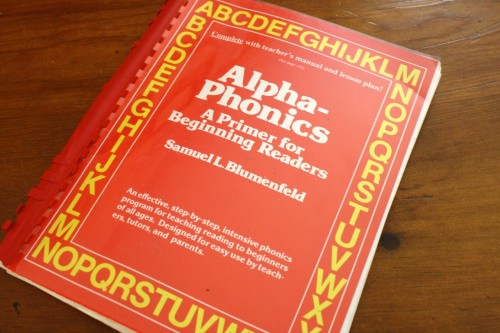
Alphaphonics: A Primer for Beginning Readers
“If you have never taught reading before in this sensible, systematic way, you will be pleasantly surprised.” ~Samuel L. Blumenfeld
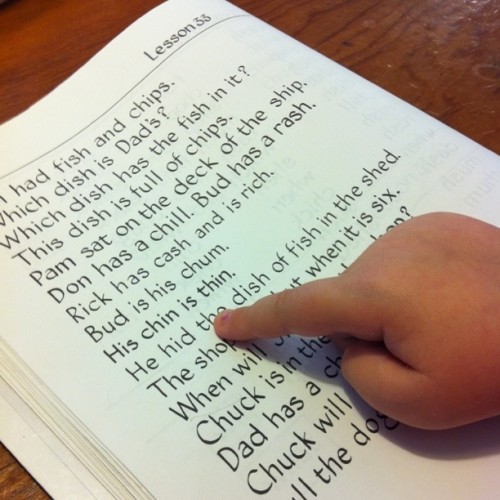
Alphaphonics can be used for:
- teaching reading to beginners of all ages
- older students in need of remediation and retraining
- dyslexics
- special-needs students
- learning disabled
- non-English speakers who wish to learn to read English and improve their pronunciation
- a supplement to any other reading program or one lacking phonics instruction
Alphaphonics Benefits:
- Easy to use.
- Spiral bound. (also available perfect bound)
- All in one place.
- Reusable (as the website says and we have proven!)
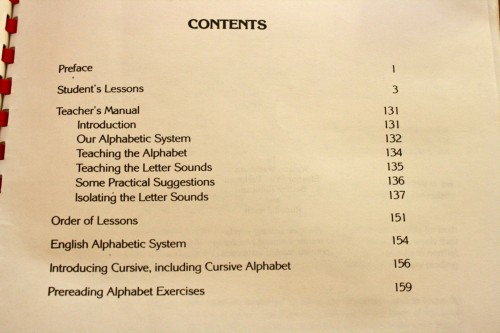
- 128 student lessons, all hand-lettered
- Teacher’s manual: introduction, our alphabetic system, teaching the alphabet, teaching the letter sounds, some practical suggestions, isolating the letter sounds
- order of lessons
- English alphabetic system
- introducing cursive, including cursive alphabet
- prereading alphabet exercises
- Introduces simple sentences right away for motivation.
Helpful Alphaphonics Videos:
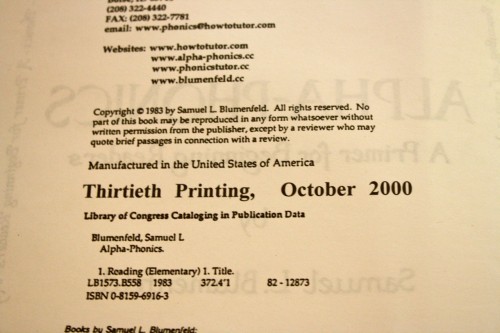
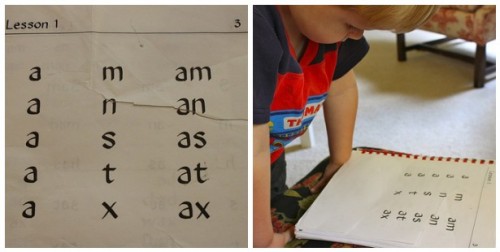
What a privilege to see and hear the reading excitement in each of our five children!
Where to find Alphaphonics
Updated information from Alphaphonics is included in the links above and below. The resource is also now available in perfect binding.
- Click over to the Alphaphonics website for more information.
- You can order Alphaphonics here.
- Browse the Alphaphonics blog here.
<Pin it!>
With nearly two decades of homeschooling, Tricia faces a daily dose of chaos with five children. She has seen the fruits of home education with two grads so far! With their You ARE an artist art curriculum she and her family are passionate about growing a love of art. She also shares helpful homeschool habits at Hodgepodge. She and her husband, Steve, are owners of The Curriculum Choice.
-originally published June 2012.
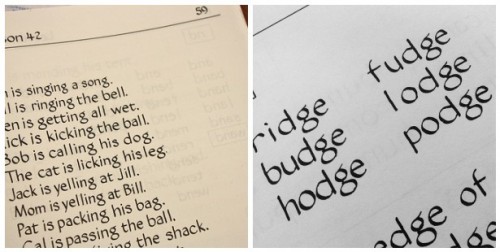
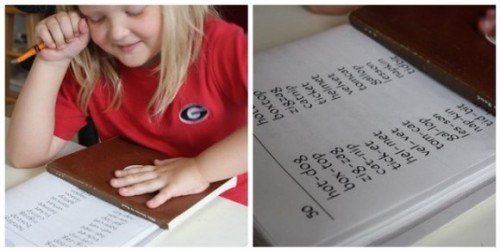
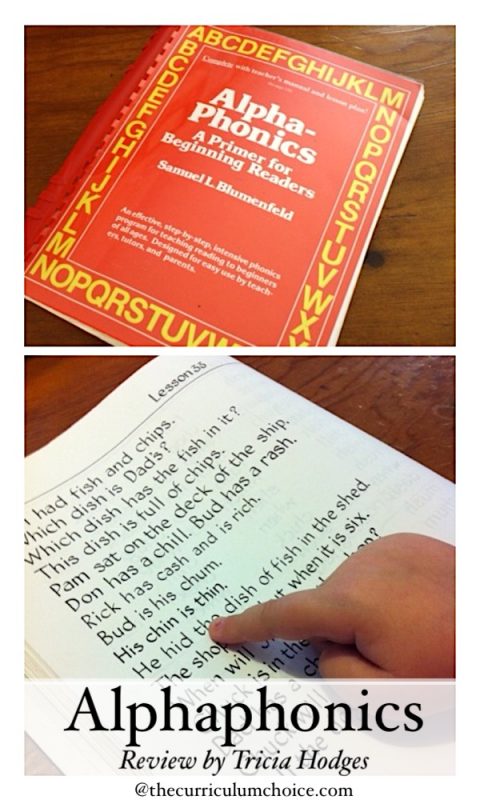

I have heard some great things about Alphaphonics before reading your review and now I’m even more interested! I have a huge hang up, however on the font choice used in the book. I really don’t like how the book prints especially the lowercase letters a, t, and g. Abeka reading curriculum does this too. It just seems like it would cause frustration with a child when you are teaching then to read letters that look one way and then turn around and have them write those letters a different way. Have you noticed this to be true?
Rawney – now that we are are teaching child #5 to read with the slow and steady approach to Alphaphonics, I can honestly say that that has never come up. We just keep on reading and reading and moving forward. None of our children have expressed frustration. Hope that helps!
As a mother of two preschoolers and a former kindergarten teacher, I have to say that this seems to be a good program. Also, in response to Rawney: if we only teach our children using one font or style of letter, when they go to read books they will have difficulty recognizing those that look different. It is important to expose children to a large variety of print. I have taught mine many types of fonts and the most I hear is “why do they make it that way? or I like the other g more.”
A friend recommended Alphaphonics, and I have now taught both of my children to read using the book. Love it! My main question is what did you do after you finished the book to build on their foundation? I tried Abeka with my daughter and found it very cumbersome to teach…especially after the simplicity of AP. Now my son just finished, and I’m looking for ideas on where to go from here. Just curious what you used. Thanks!
Honestly, we went to the library and simply picked out books for pleasure. Whatever my child was interested in at the time. Anything to keep the reading interest going. One of my children loved to read simple field guides because he loved nature. Another adored the McDuff books so we checked out every one on the shelf! Read, read, read. Cheering you on!